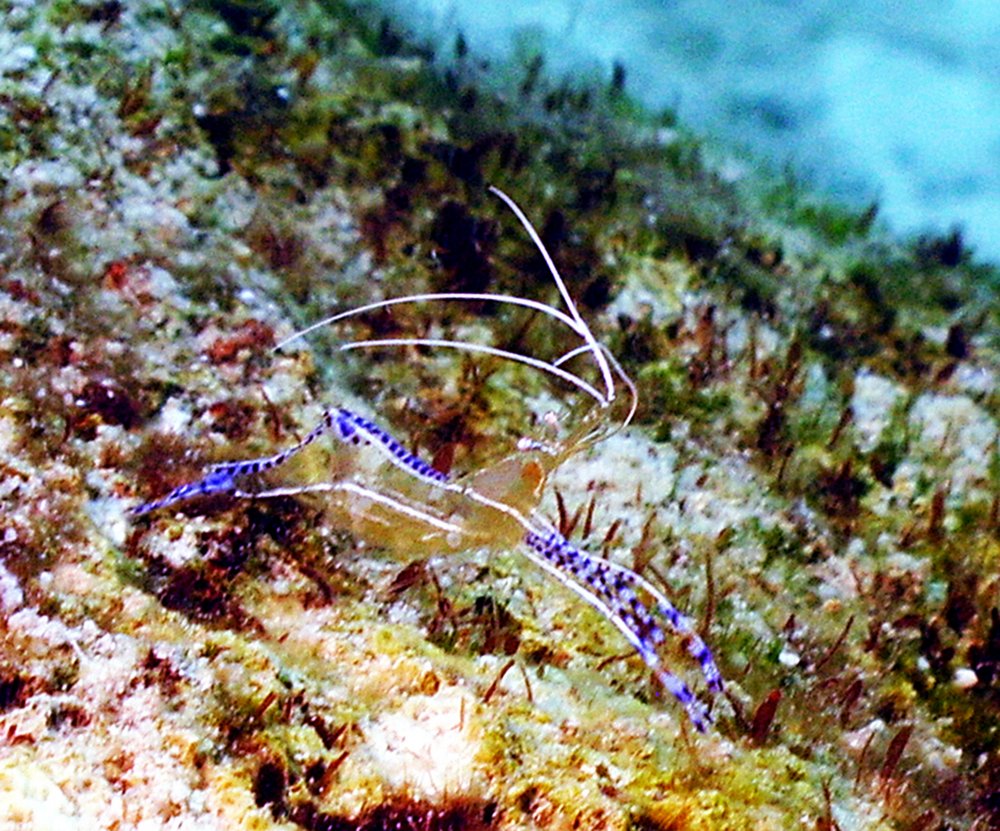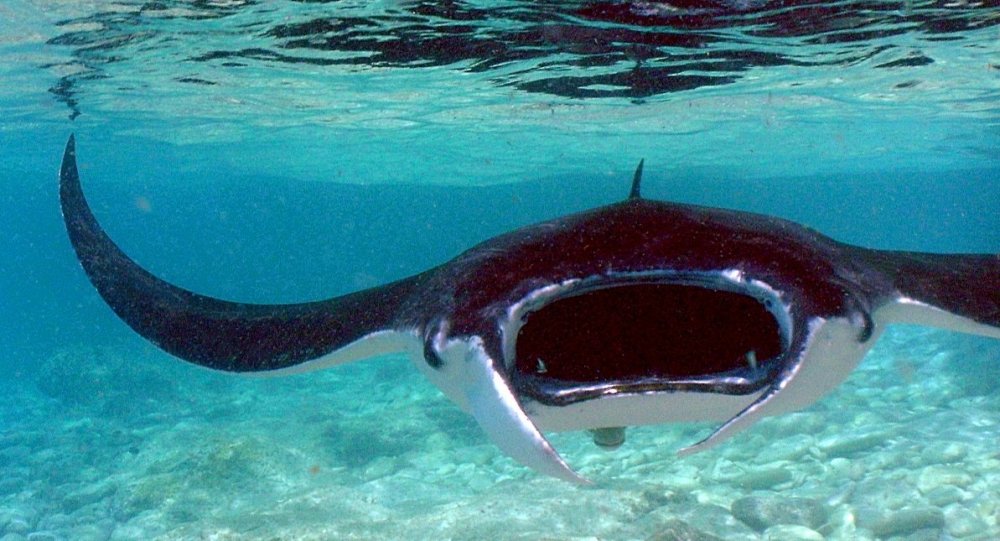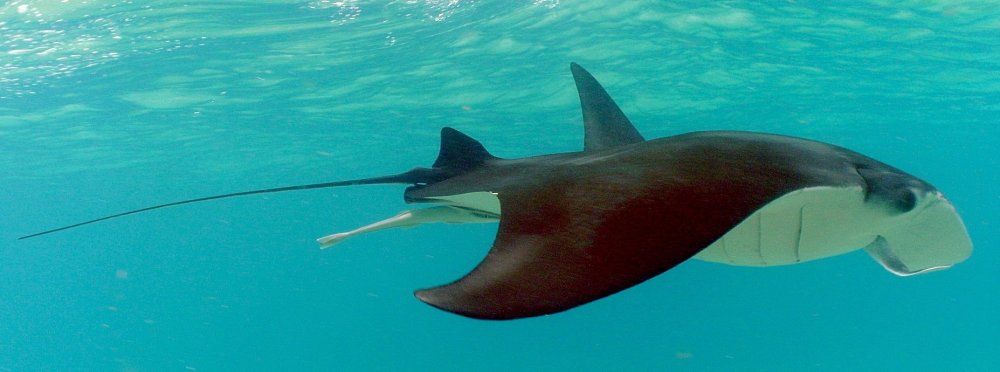-
Posts
5374 -
Joined
-
Days Won
52
Content Type
Profiles
Forums
Events
Everything posted by Genady
-

Random Mutations and Biological Evolution
Genady replied to Jay Kulsh's topic in Evolution, Morphology and Exobiology
Do we need another term? The subject is mutation, and this is all we need, I think. What would be a purpose of an extra adjective? -

Random Mutations and Biological Evolution
Genady replied to Jay Kulsh's topic in Evolution, Morphology and Exobiology
The word "stimuli" is not present either. Also, they don't talk about occurrence of mutations but rather about lack of them. Plus, they don't imply your interpretation but rather suggest biochemical, epigenetic mechanism protecting the sensitive areas of genome from random mutations. -

Random Mutations and Biological Evolution
Genady replied to Jay Kulsh's topic in Evolution, Morphology and Exobiology
There is no word "conscious" in that study. -

Random Mutations and Biological Evolution
Genady replied to Jay Kulsh's topic in Evolution, Morphology and Exobiology
That's all for now. When I see "a case for mutations being a conscious occurrence in response to stimuli", I will consider it. -
For any given k, the equation uniquely determines (n,k) based on (n-1,k) and (n-1, k-1). That is, (n,k) is uniquely determined for any n by (k,k) and (k,k-1) by using the equation stepwise from n=k to n=n with the constant k. (k,k)=1 and (k,k-1)=k are the boundary conditions. If they are satisfied by a formula, than this formula is a unique solution for any n for a given k. Since the given k is arbitrary, it is unique for all n and all k.
-

Random Mutations and Biological Evolution
Genady replied to Jay Kulsh's topic in Evolution, Morphology and Exobiology
No, there is not. -

Random Mutations and Biological Evolution
Genady replied to Jay Kulsh's topic in Evolution, Morphology and Exobiology
"Genes adapt"? Why not a random change? "Mutation a direct response"? Why not a random change? "Conscious adaptation"? Why not a random change? -
If we have the ansatz, (n,k)=n!/k!/(n-k)!, then we don't need an induction proof as it satisfies the equation directly: (n-1,k-1) + (n-1,k) = (n-1)!/(k-1)!/(n-k)! + (n-1)!/k!/(n-k-1)! = (n-1)!*k/k!/(n-k)! + (n-1)!*(n-k)/k!/(n-k)! = n!/k!/(n-k)! = (n,k)
-
They have choices, for free. Look around: Computer Science Courses Online | Coursera
-
Applying the recursive equation to its right side, we get: (n,k)=(n-1,k-1)+(n-1,k) =(n-2,k-2)+2(n-2,k-1)+(n-2,k) =(n-3,k-3)+3(n-3,k-2)+3(n-3,k-1)+(n-3,k)=... We get binomial coefficients: =(3,3)(n-3,k-3)+(3,2)(n-3,k-2)+(3,1)(n-3,k-1)+(3,0)(n-3,k)=... Interesting turn, although I don't see it helping to derive a solution for the equation. Yet. Continuing this substitution all the way, the final line will be: (n,k)=(k,k)(n-k,0)+(k,k-1)(n-k,1)+(k,k-2)(n-k,2)+...+(k,0)(n-k,k)
-
This is Pederson's cleaner shrimp. It is alive. It is not made of glass. Ancylomenes pedersoni - Wikipedia
-
While playing in my mind with a question from another thread, the one about n choose k calculation, it occurred to me that it could be solved via a following recursive equation (regardless of the standard derivation of the well known formula for n choose k). If we select any one element out of n, all groups of k are of two types: the ones that include the selected element and the ones that don't. There are C(n-1,k-1) choices for the former and C(n-1,k) for the latter. Thus, we get this recursive equation: C(n,k)=C(n-1,k-1)+C(n-1,k). There are two variables there, so perhaps we need two boundary conditions. These could be, e.g., C(n,1)=n and C(k,k)=1. It is easy to check that C(n,k)=n!/(k!(n-k)!) solves this equation. My question is, is there a way to derive this solution from the equation? I never worked with recursive equations. Maybe there is a way to convert it to a differential equation? Or, to massage it until the solution gets self-evident?
-

Calculate ways to form a committee of 3 from 8, DIRECTLY WITHOUT ÷?
Genady replied to scherz0's topic in Mathematics
Yes, you can do without division, by a "Richard Feynman's method": make a list of all possible ways to form groups of 3 from 8 elements, then count them. -

Calculate ways to form a committee of 3 from 8, DIRECTLY WITHOUT ÷?
Genady replied to scherz0's topic in Mathematics
... and then you need to divide it by 3! to get the correct number of ways. -
If the purpose of seeding another planet with microorganisms of Earth is to give them a chance to evolve into complex life forms, then the idea is perhaps a mistake. The microorganisms we have today have evolved for the 4 billion years just like everything else living on Earth today. And this is the result! This is their evolutionary path. Some other lineage(s) evolved into other forms, including humans, but not their lineage(s). Seeding other planets with our modern archaea and bacteria, if they will not go extinct, will result in these planets being populated by archaea and bacteria for billions of years in the future.
-
What makes a place that supports life, special?
-
Unforgettable! Sure, she must have seen human divers before if she already spent some time here. The differences that might make her curious were, (a) almost all divers here dive in groups, while I was alone; (b) usually divers move quickly over the shallows or dive from boat, and stay deeper, while I was staying in less than 3m; (c) usually divers swim along the reef, while I was kneeling on the flat bottom in one spot. Perhaps I was a strange diver to her ? I hate to think that she was asking for help and I didn't understand. She looked healthy, didn't have fishing lines attached, so hopefully it's not that. Maybe she always wanted to investigate a diver closely, and this time she got a chance.
-
This manta ray with two remoras attached passed right over my head at a shallow water: Then it turned around and went straight back toward me: It was circling around me and going away and back, even touching me with its wing, for several minutes.
-
P.34: "When we talk of an interpretation, this means that, even if we find it hard or impossible to identify the ontological basis, the mere assumption that one might exist suffices to help us understand what the quantum mechanical expressions normally employed in physics, are actually standing for, and how a physical reality underlying them can be imagined."
-

Calculate ways to form a committee of 3 from 8, DIRECTLY WITHOUT ÷?
Genady replied to scherz0's topic in Mathematics
It is just a coincidence that the 6 in numerator and the 6 in denominator cancel, in this case. Take 3 out of 9 instead of out of 8. You get 9*8*7/6. You got to divide. -
Oh yes, he makes it very clear from the beginning that (a) there still is MUCH work to do, and (b) it is NOT to replace or modify QM, but to give it a deterministic interpretation. The goal is to define a way how to think about QM and, maybe, about "quantum gravity", rather than change a way of doing QM.
-
't Hooft insists that this work is not a follow-up on the Wolfram's one: An extensive study of the role of cellular automata as models for addressing scientific questions was made by Stephen Wolfram in his book A New Kind of Science. He attached a special philosophy to his approach. Since cellular automata have complexity and computational universality in common with many models of physical systems, Wolfram suggests that experiments with cellular automata themselves can reveal many special features of such physical systems. The reader might have the impression that our book is a follow-up on Wolfram’s pioneering work, but we do not have such ambitions as yet. The classes of models considered by Wolfram may well be too restrictive for our purposes, and furthermore, our basic question very specifically pertains to the origin of quantum mechanical phenomena. Both Zuse and Wolfram already speculated that quantum mechanical behaviour should be explained in terms of cellular automata, but did not really attempt to get to the bottom of this—how exactly do we explain quantum mechanics in terms of a cellular automaton? Do we need a very special automaton or does every automaton sooner or later produce quantum mechanical behaviour? Computational scientists have studied many features of cellular automata that will not be used in this work; this is because these issues involve quite special initial states, while quantum mechanics will force us to consider primarily generic states.
-
One of - a few - advantages of being Jewish is that one is allowed to tell Jewish jokes
-
Me too. It's unfortunate that I couldn't stay and wait for the end of this interaction.





